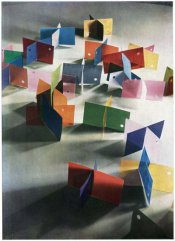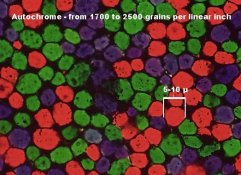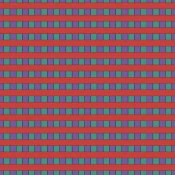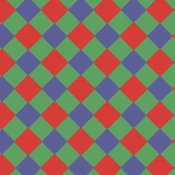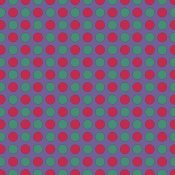Mustafa Umut Sarac
Member
If you will do the same recipe Autochrome with Lavedrine book , You will be needed to buy Acid Blue 3 Patent Blue dye.
Formula says 24 grams per 100 ml and 25mg costs 80 dollars. 24 grams of patent blue costs nearly 70 000 dollars , seventy thousand dollars.
You are talking to sell one sheet per 5 dollars. I think you won the lottery and want to spread golden coins to fishes in the pond.
Formula says 24 grams per 100 ml and 25mg costs 80 dollars. 24 grams of patent blue costs nearly 70 000 dollars , seventy thousand dollars.
You are talking to sell one sheet per 5 dollars. I think you won the lottery and want to spread golden coins to fishes in the pond.









